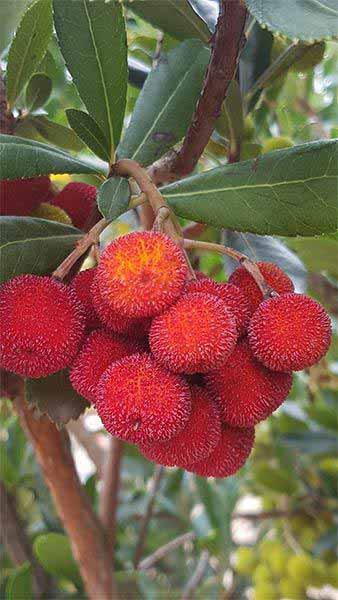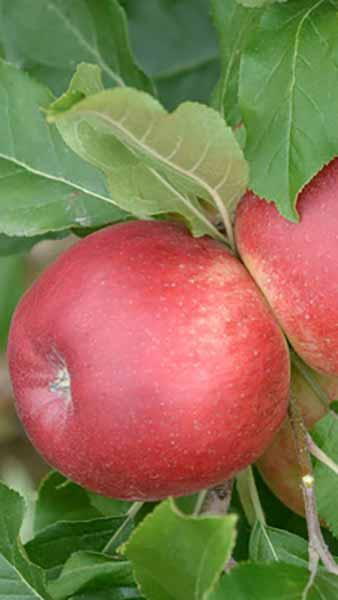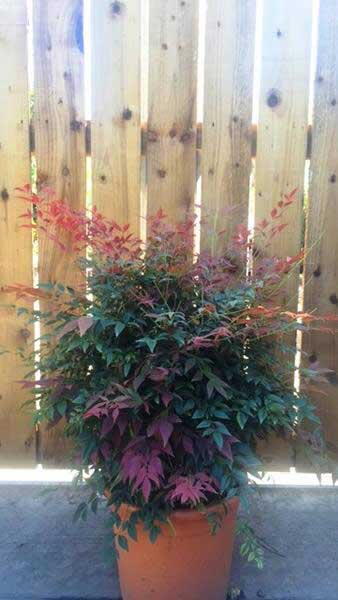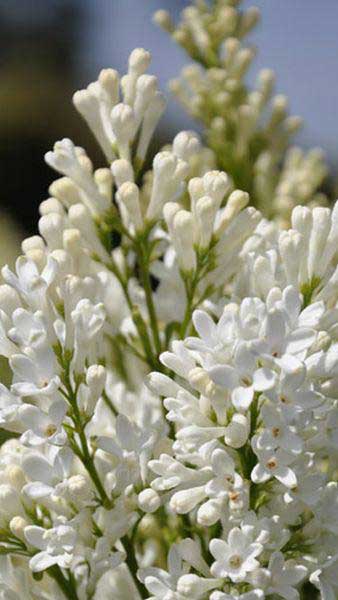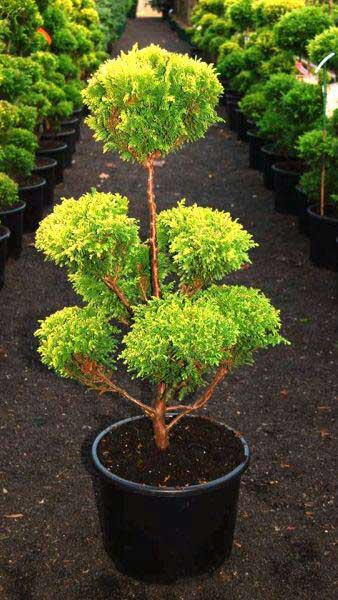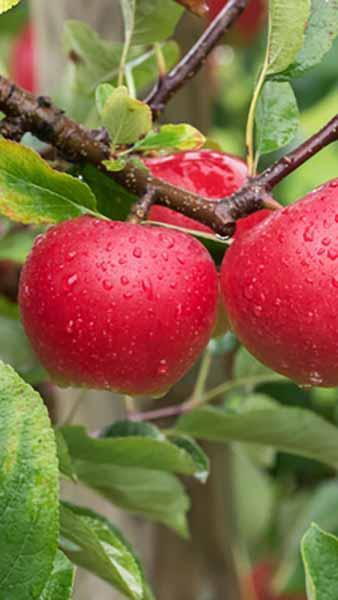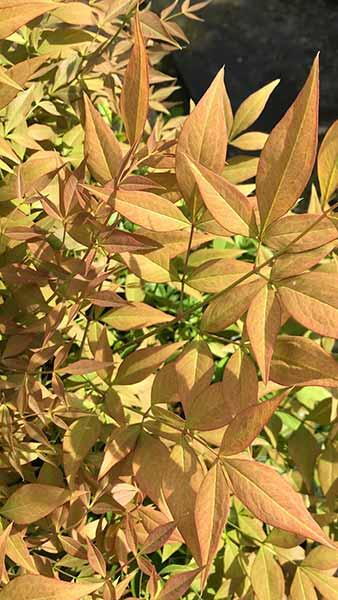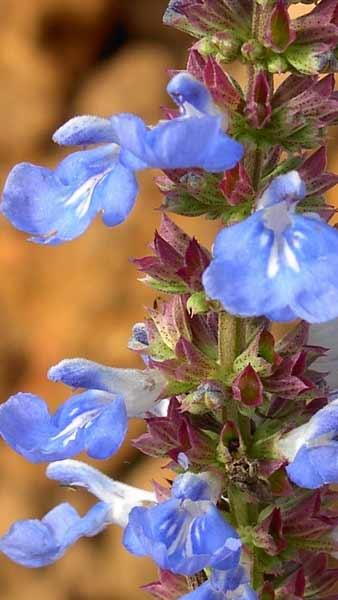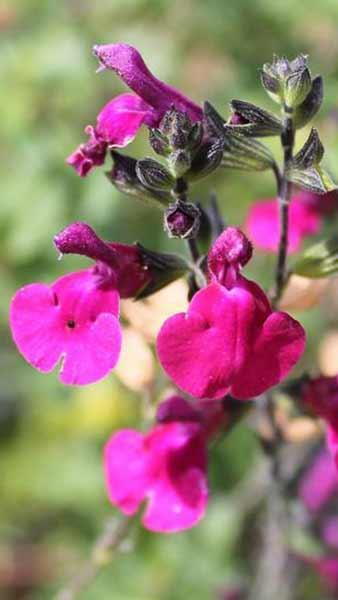Arbutus Unedo Strawberry Tree for Sale UK Online
Arbutus Unedo Strawberry Tree - this lovely Evergreen Strawberry Tree (Latin name Arbutus Unedo) has much to commend it all year round. Most of the Strawberry Trees grown in the UK are more likely to be medium sized shrubs rather than specimen trees. However here at Paramount Plants, we now have both types of Arbutus Unedo in stock. These very attractive trees and shrubs produce copious white bell shaped fowers in Autumn followed by edible strawberry shaped fruits. Arbutus Unedo as a ShrubThese Arbutus Strawberry shrubs have a nice bushy shape and are approximately 1 metre tall (excluding the pot). When grown as a shrub, Arbutus is low maintenance, naturally developing an attractive shape when left to its own devices so pruning is not necessary. Arbutus Unedo as a Full Standard TreeLess easy to find in the UK is the Arbutus Unedo Strawberry Tree grown as a full standard, clear stemmed tree. These mature, beautifully shaped, ornamental trees are between 3.5 and 4 metres tall with a long, slim trunk circa 12 cm in diameter. An Arbutus full standard Tree is impressive as a standalone focal point or given the shape, can also be used for above-fence screening. Arbutus Unedo is famously known in Ireland as the Killarney strawberry tree, where it grows prolifically. Given Killarney’s proximity to the Atlantic Coast, it is safe to assume that Arbutus Unedo is very well suited to coastal areas as long as it is planted in a warm, sheltered spot.Arbutus Unedo is a beautiful evergreen with impressive strawberry-like fruits that are very attractive to look at and lovely serrated evergreen leaves. In contrast to the green foliage, the bark is an attractive cinnamon-reddish brown colour. Small flowers emerge in creamy clusters in autumn which then go on to form the pretty, strawberry-shaped fruits. These fruit turn red when ripe and are adored by birds. The flowers last well into early winter and are sweetly scented. They provide pollen for bees and other pollinating insects at a time of the year when nectar can be scarce. Customers often ask us whether the Arbutus fruit is edible. The answer is yes! Arbutus fruits, which take a year to ripen, are edible as a raw fruit and are rich in vitamin C. Some may find them a little bland and conclude that they look more striking than they taste. In recipes, arbutus fruit is most commonly used in jams, syrups, chutneys and as a filler fruit for pies. The fruit is relatively large, about the size of an average strawberry in fact.The Arbutus Uneda Strawberry Tree is UK hardy. They are slow growing so they work well in smaller gardens. You can plant them in full sun or partial shade, ideally with shelter from strong winds. Younger plants may need protection in extra harsher winters until they are more mature and hardier. Growing Tip: Choose a sunny and sheltered spot to allow them to settle in. Pruning may mean the loss of fruit as they form fruits on the previous year's flowers.
